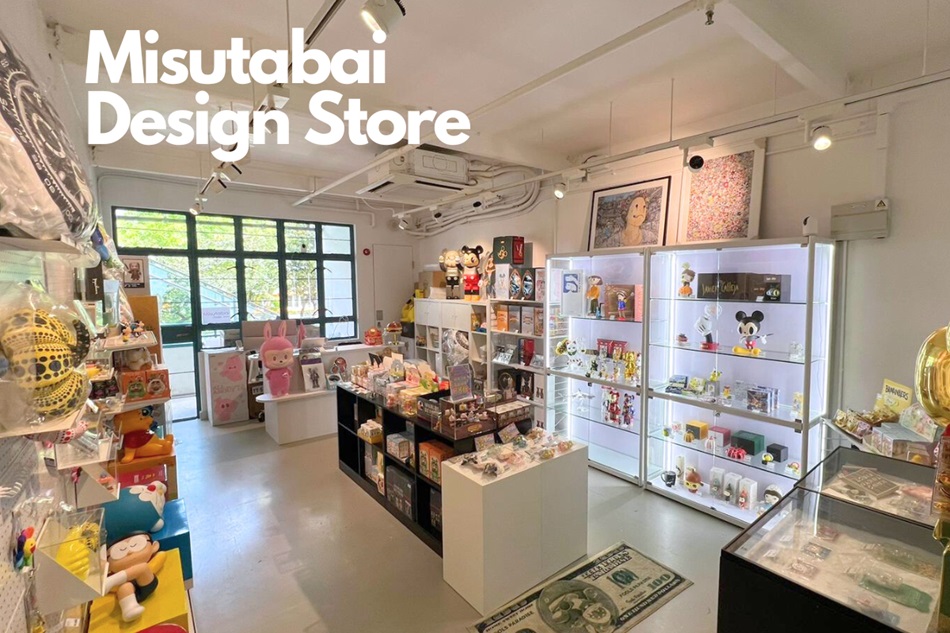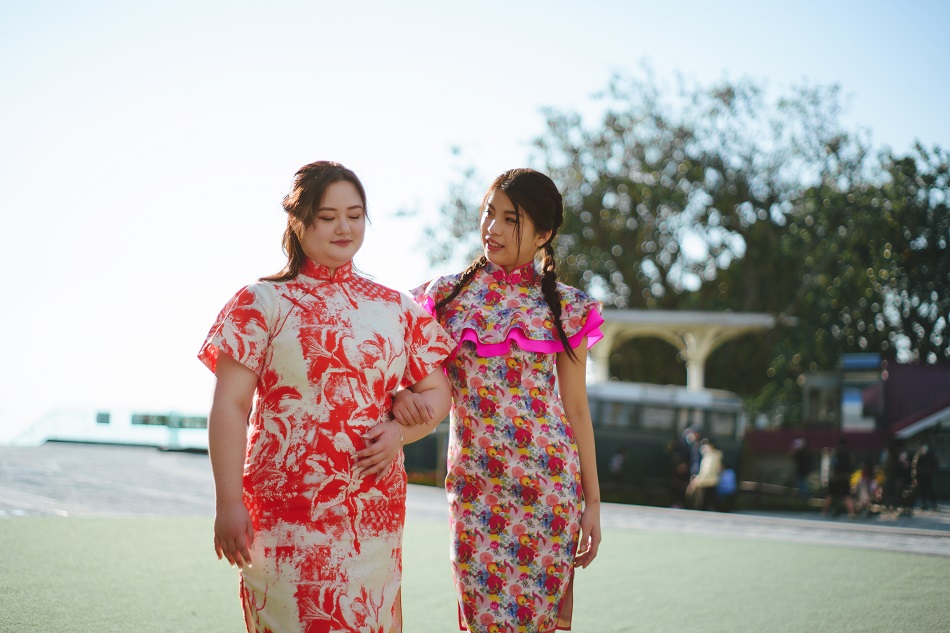Design Feature #37
Dragon’s Delusion – The True Colour of Hong Kong
Kong Kee
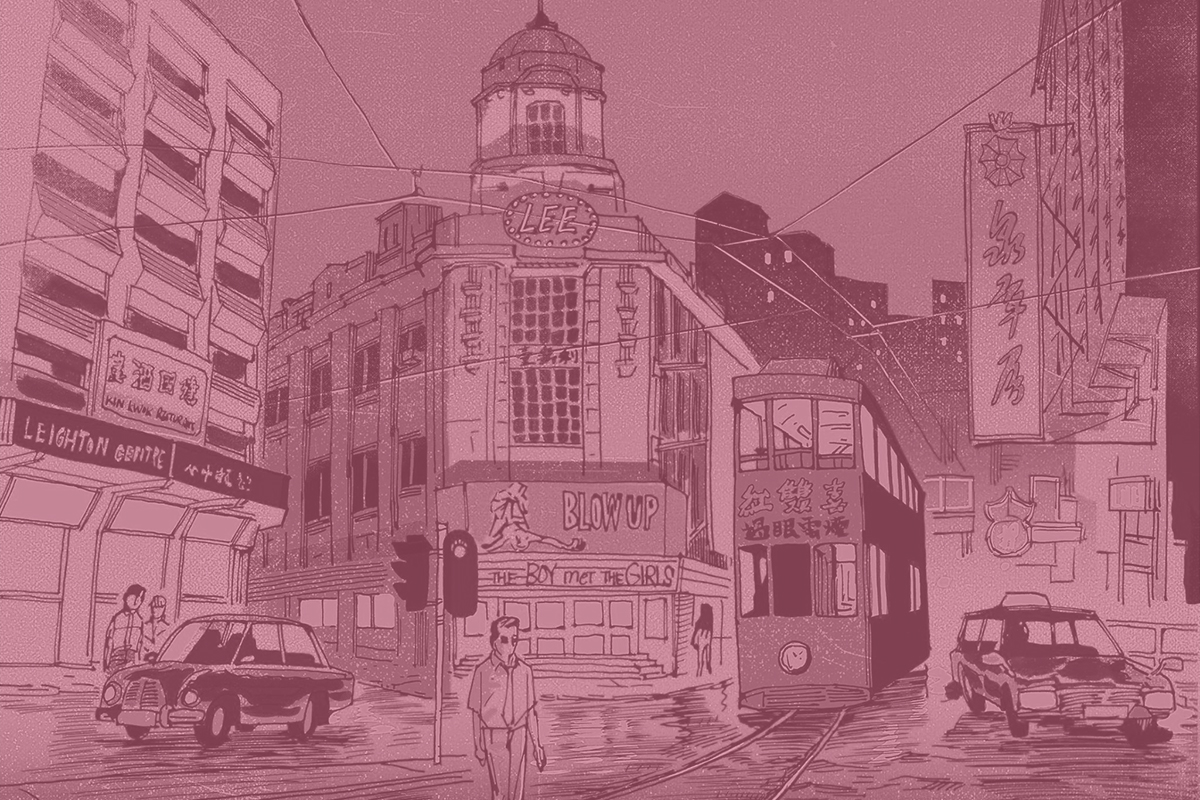
Written by Kit Chan
Translated by Derek Leung
Images by Kong Kee & Kit Chan
What if Emperor Qin Shi Huang, the first ever emperor in China, had realised the secret of living in perpetuity after unifying all the then states in China and had begun integrating humans and machines through science and technology by inventing transformed humans and robots to dominate the world while confining humans who should have conquered the universe?...
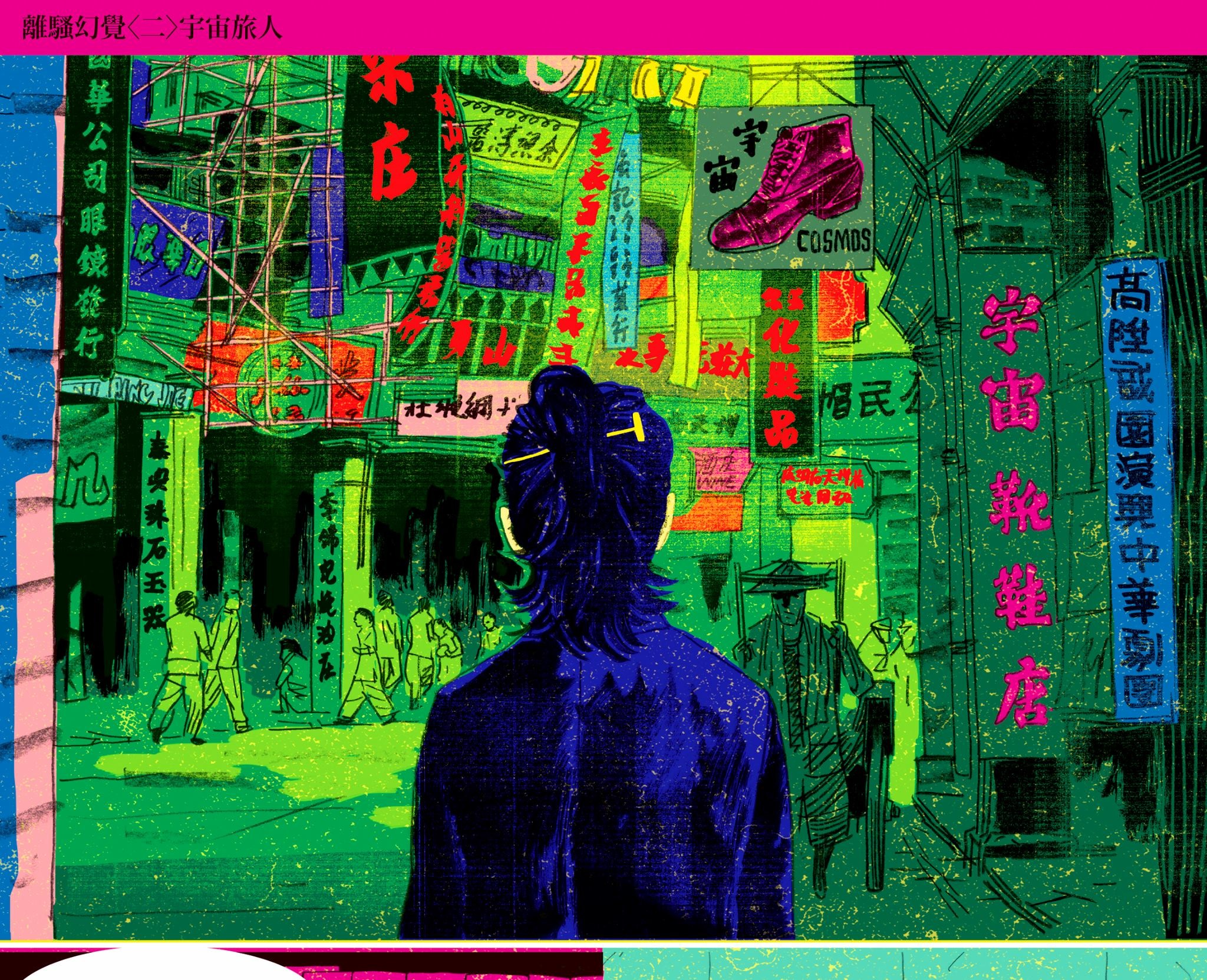
This is “Dragon's Delusion” illustrated by cartoonist cum curator Kongkee. Narrating the overwhelming prosperity of a port city in the Qin Dynasty followed by its downslide when time goes, the animation seems to be describing a fictitious place that makes you feel familiar, doesn't it?
Inspired by Kongkee’s comic series, the story in the setting of an ancient world talks about a robot with the memory of Qu Yuan, the poet who drowned himself in a river to show his loyalty to the emperor which resulted in the ritual rumour of today's notable Dragon Boat Festival, who headed for that particular river from Hunghom station of the East Rail in pursuit of the clues for freedom and free will.
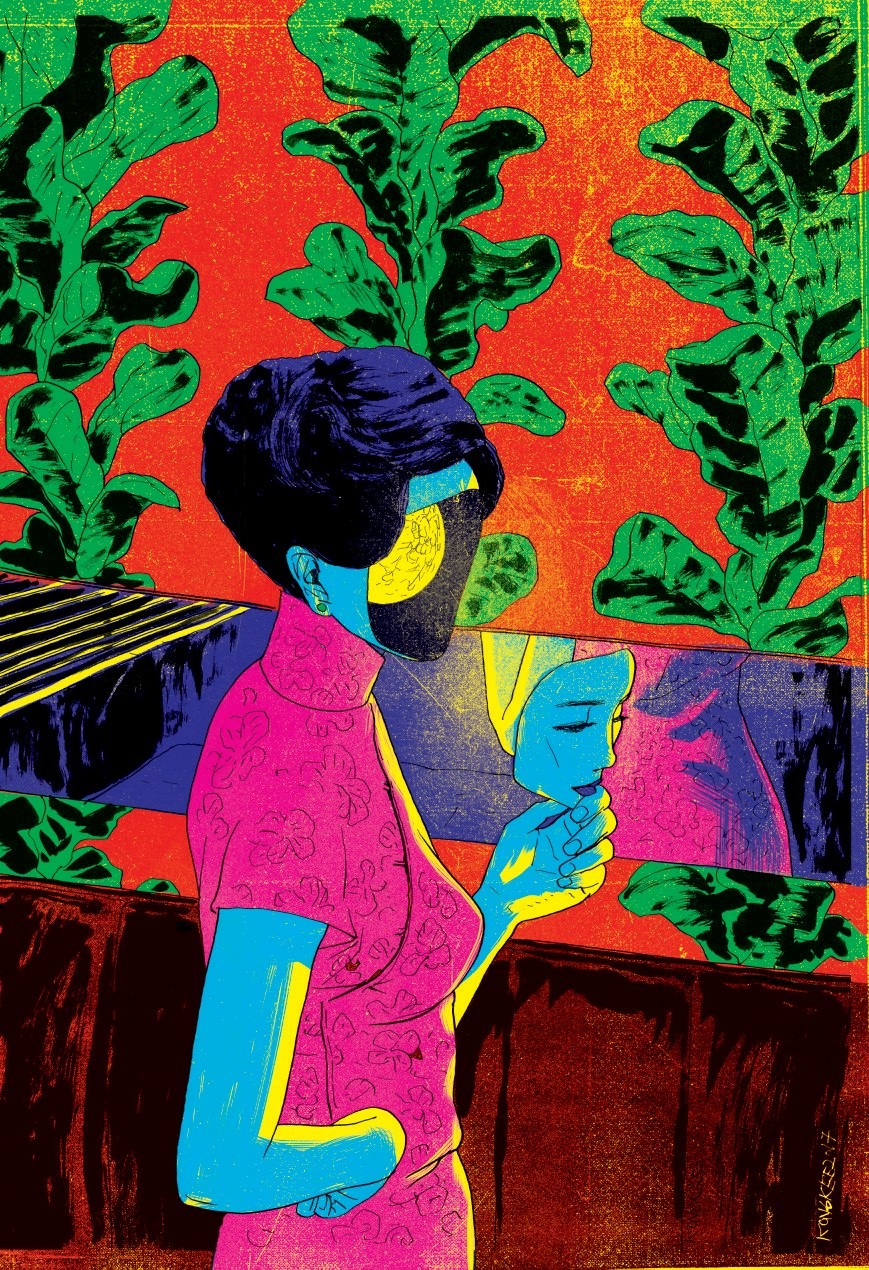
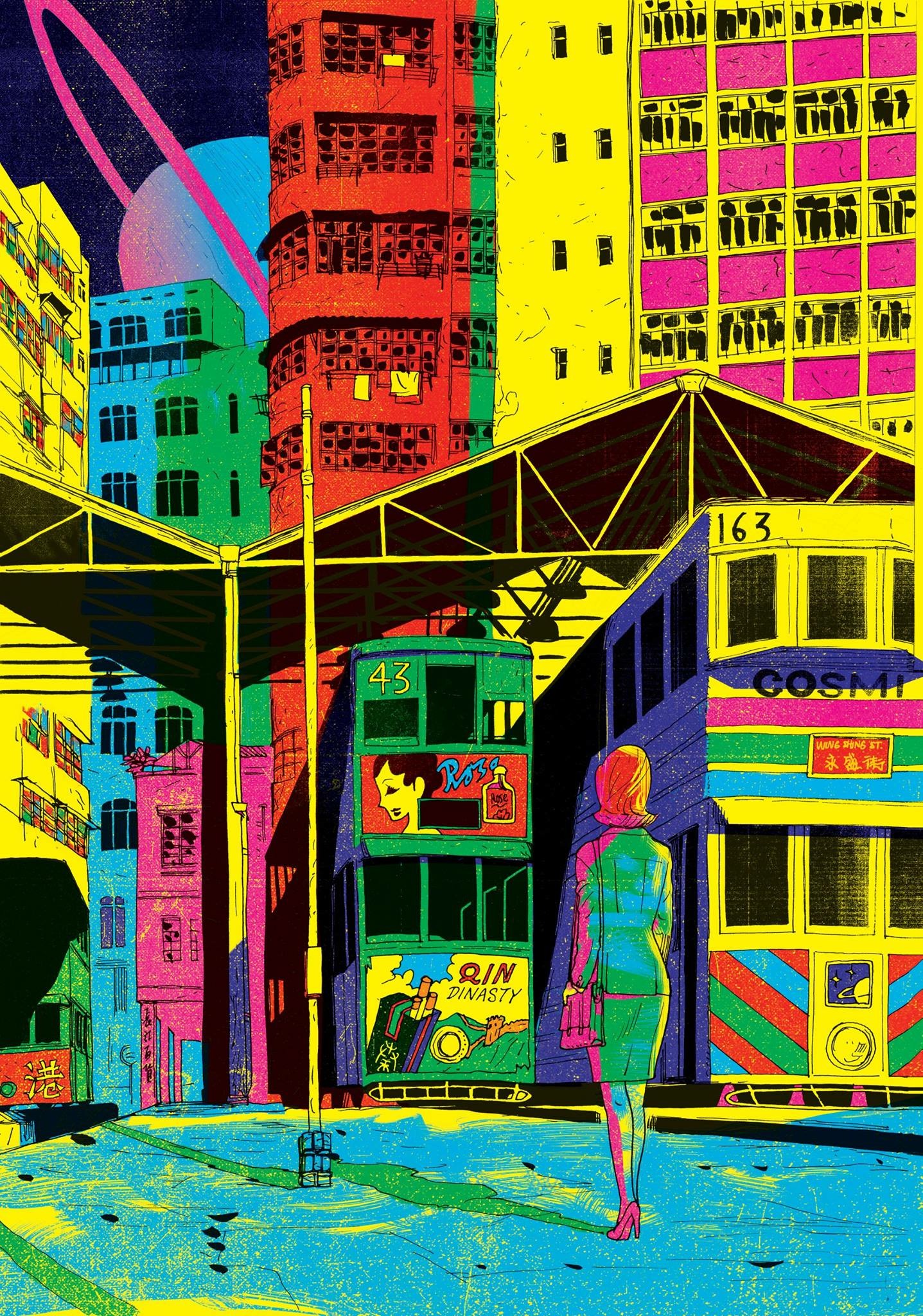
The story has not yet been fully released; however, significant attention has been being drawn. While Kongkee’s previous leading animation short film “Departure” won the Gold Mention at Digicon6 Asia by TBS Japan last year, this Spring in 2018 sees the official entry of “Dragon’s Delusion” into a crowdfunding platform called Kickstarter, effective from late March, for any possibility of turning his own comic series into a full-length animated film. As a consequence, an encouraging sum of more than HKD1.6 million has been raised from a pool of 1,607 supporters who most likely share Kongkee’s thought of “I want Hong Kong Animation!”
Despite a long way to attain the goal of HKD8 million being the animation movie production cost, this project can be considered overperforming thanks to the current contribution from the public already sufficient for the production of a 20-minute short animation movie and the incessant motivation for the upcoming investment to make the cartoonist’s dream come true.
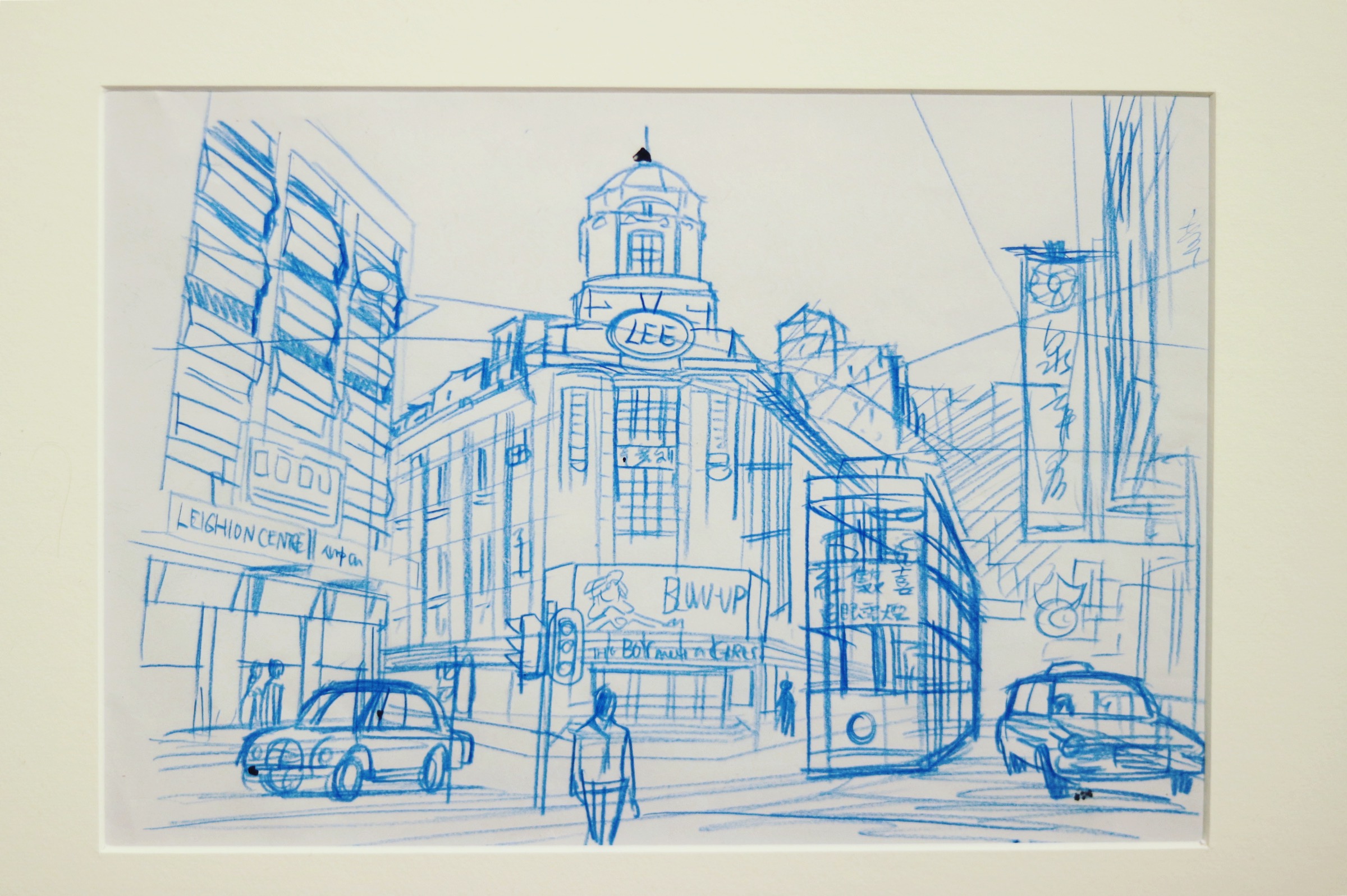
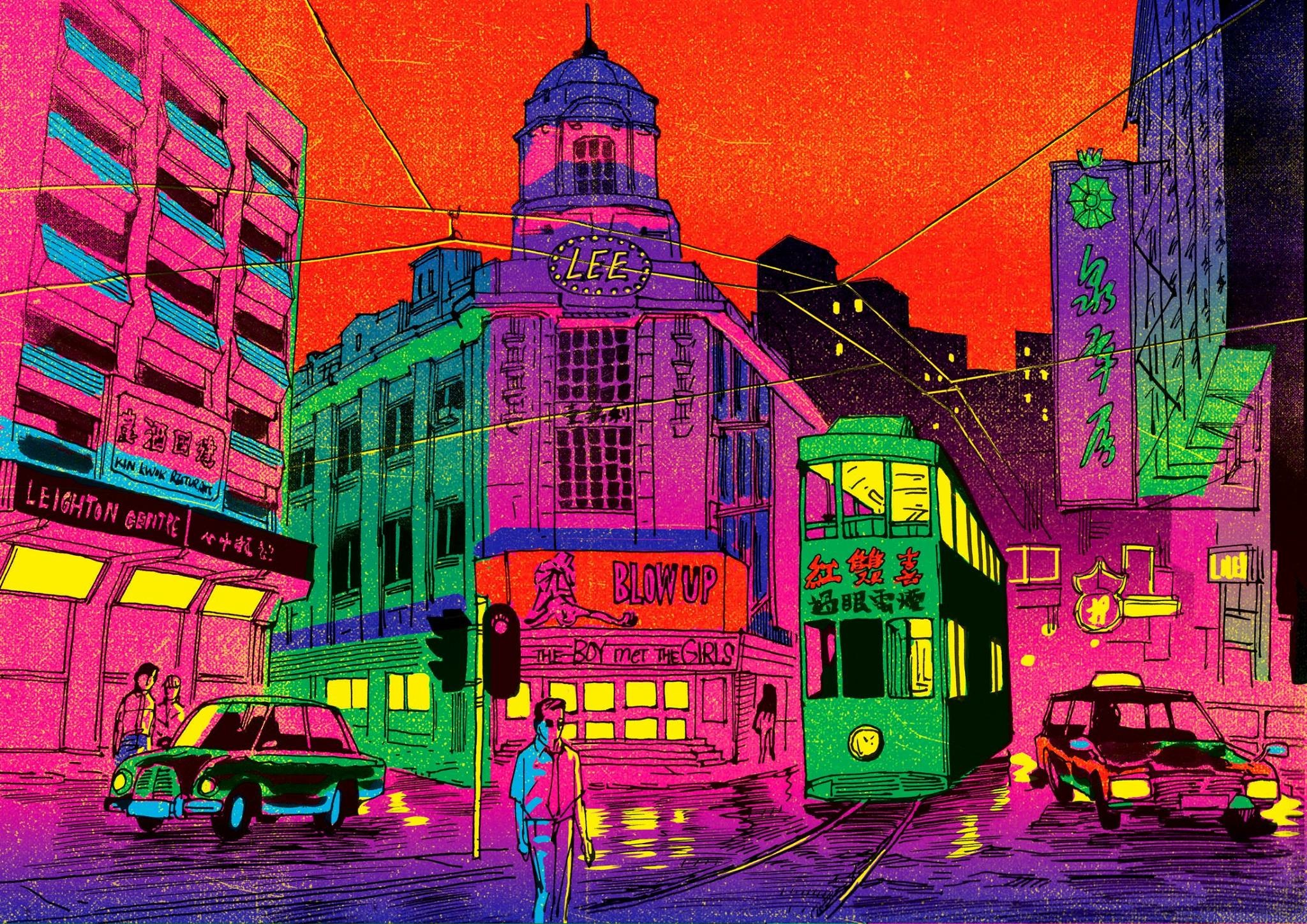
While the unconventionality of the plot and the unshakable determination of Kongkee’s team to create a local animation have already been discussed in different media, what should not be overlooked, similarly, is the poignant colour tone of the first two breathtaking pilot clips, initiating instant market responses like “very weird”, “very sharp” and “very Chinese”… What surprises Kongkee and accordingly fuels his creativity is such overwhelming attention is even more identifiable than the story itself.
Kongkee describes the dramatic and explicit use of sharp and shocking colours is very “Hong Kong” - or, more accurately, rarely used in recent designs but on the contrary very popular among locals in the last generation.
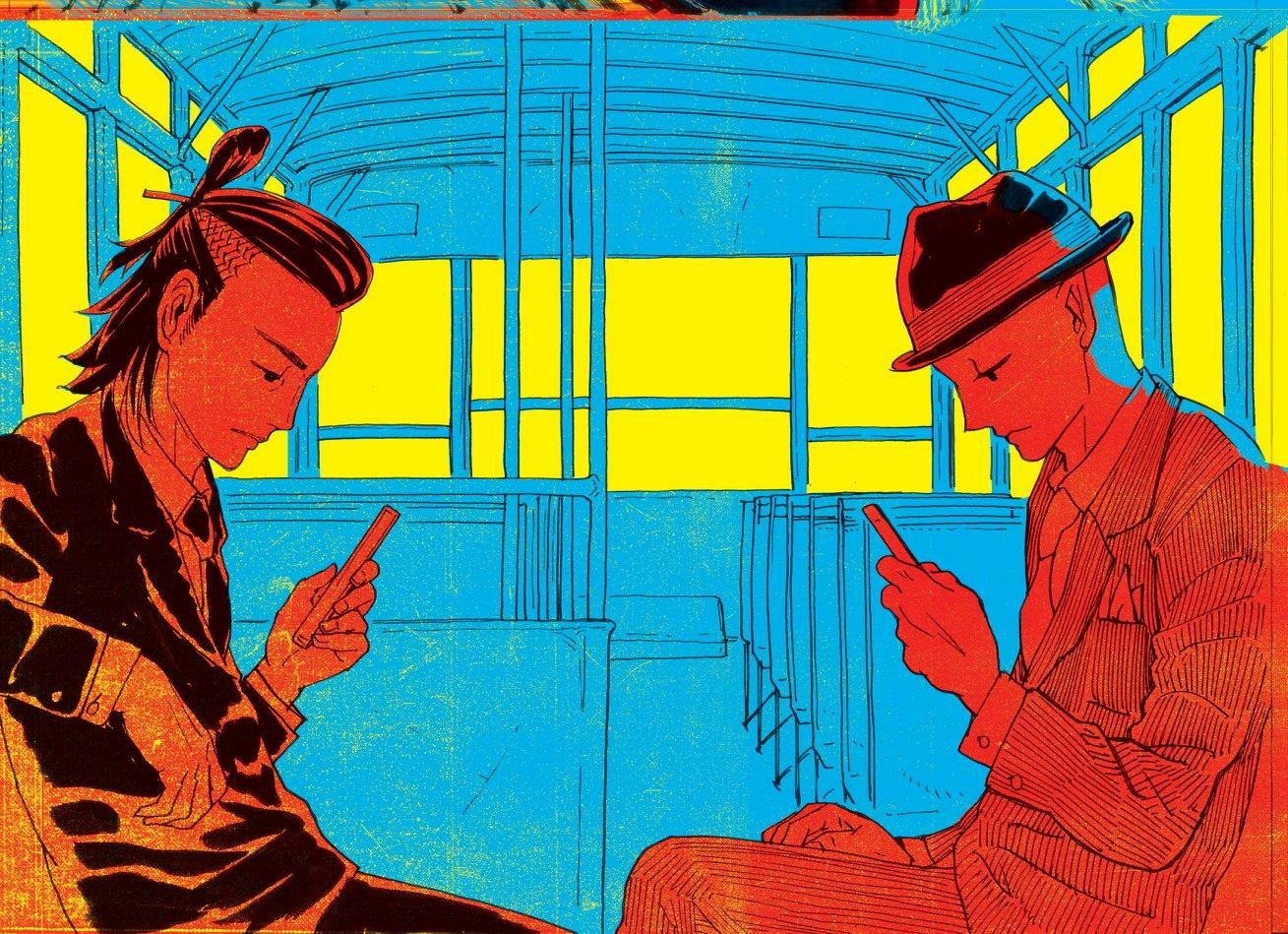
Highly involved in the design of the school magazine during his high school years, Kongkee was particularly fascinated by the old-fashioned printing and color schemes and this is the reason he keeps studying colours in details with enthusiasm. “Black may not be purely black, it can be reddish black or greenish black,” he claims.
In his opinion, colours can be applied beyond imagination in animations according to different saturation of each colour so as to present a whole picture of unprecedented visual impact. “Red will be used as black, especially when I want a darker portrait, as I think black looks too heavy,” he cites an example.
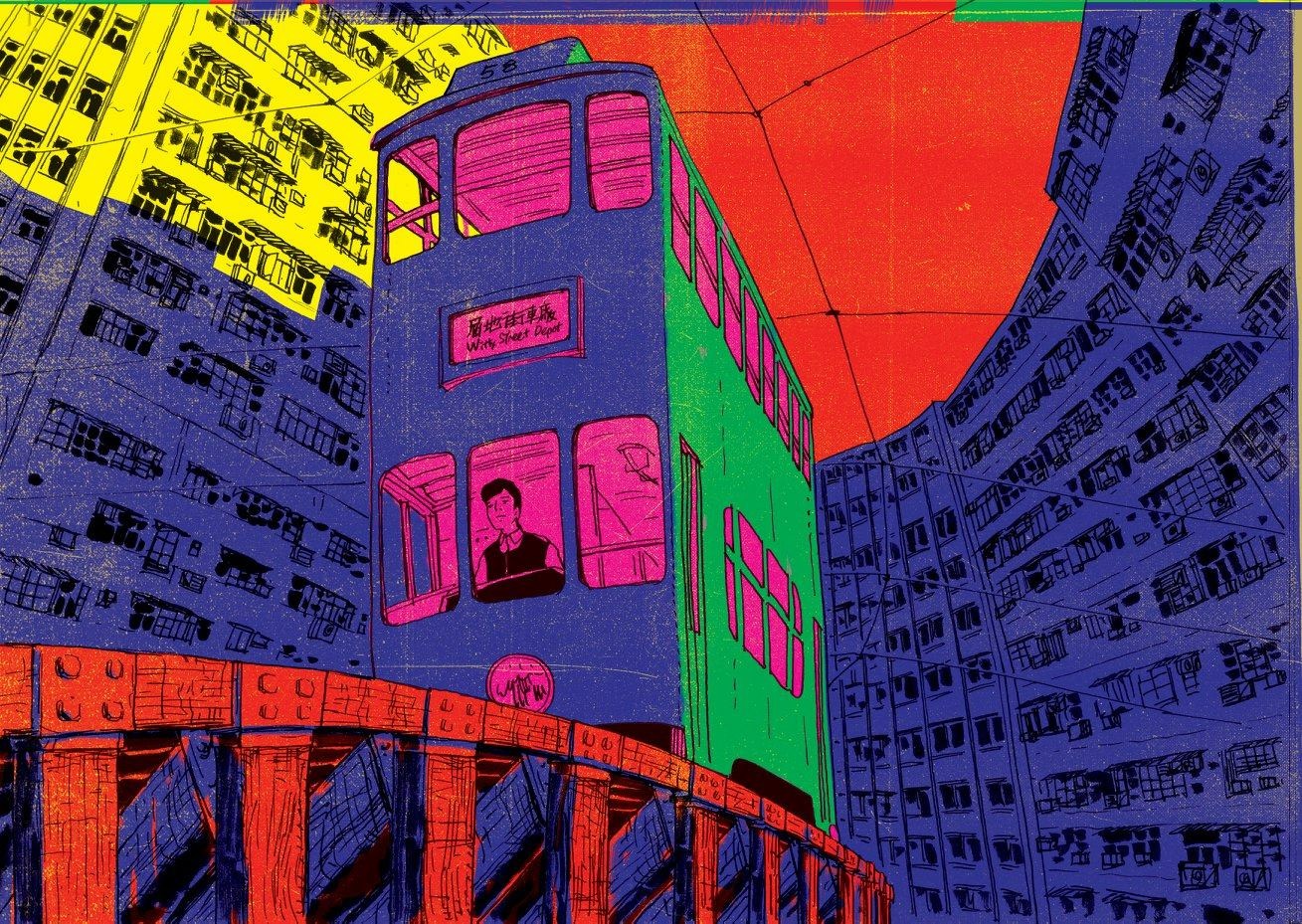
Furthermore, the presence of landmarks and cultural symbols in the story such as the old Lee Theatre, trams, gowns, and Yau Ma Tei Theatre constructs a futuristic city of decadence which is virtual but indeed really Hong Kong.
But at the same time, some people doubt if a Hong Kong animation without local elements galore is not representative and suffices to tell the readers true Hong Kong stories.
“Because we really don't have much to talk about Hong Kong. If we put Hong Kong animation on the world stage, how can people recognize it?” Kongkee comments very frankly. “We don't have history in this art form of animation. We don’t have technology. But in Japan, animation is already a part of everyday culture.” He believes that Hong Kong cartoonists have to play their own role well and create something in authentic local style in order that their animations can reach the international level and have a foothold in the world.
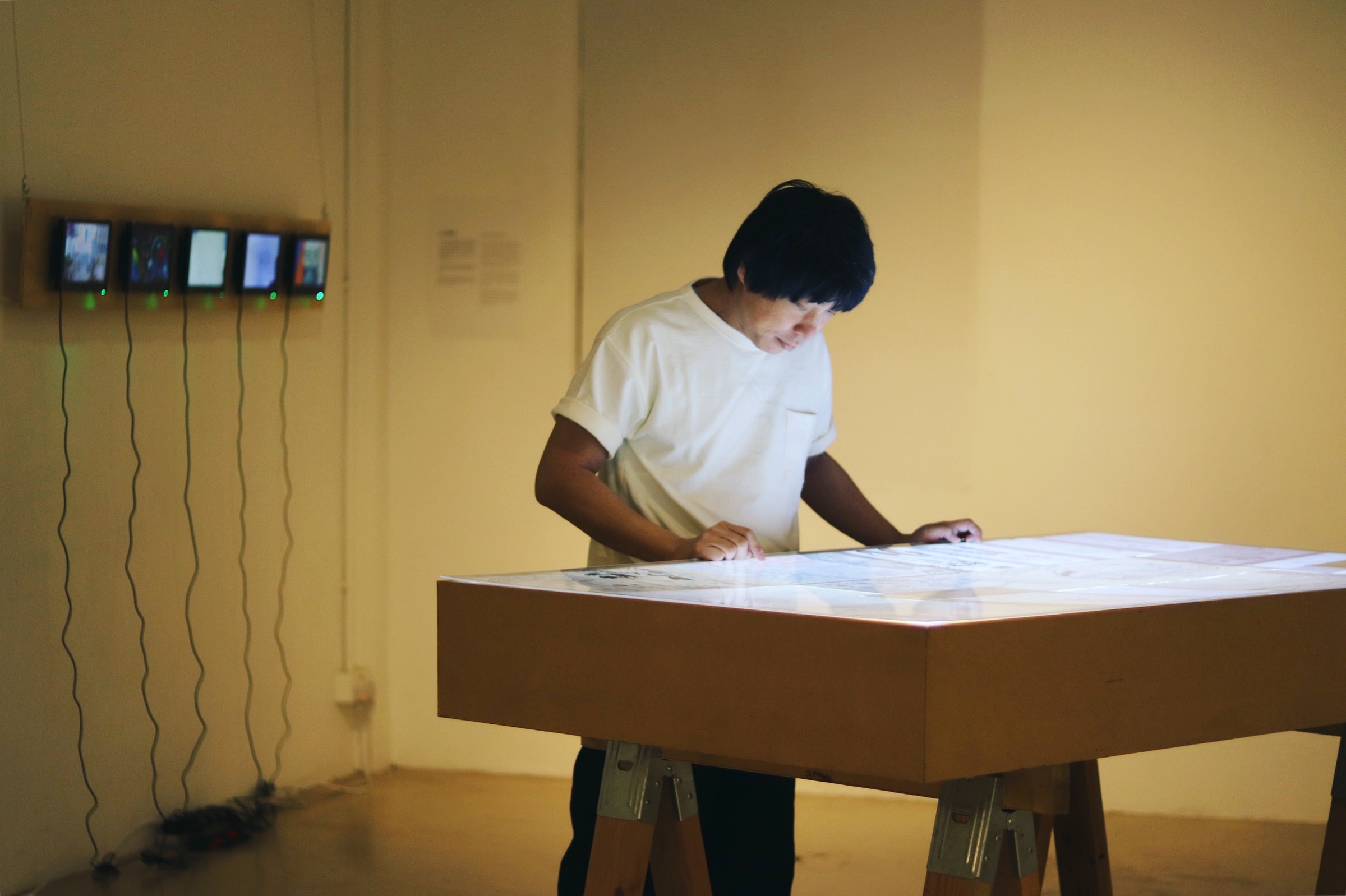
In addition to having his local works go global, Kongkee is, through this crowdfunding platform, trying hard to pave a new path (for living) for the animation illustrators.
“Whatever it will be, it’s at least a proof of what we always believe in,” concludes Kongkee, which is also composed of Hong Kong people's thirst for freshness and breakthroughs, and the opportunity the creative persons deserve to show everyone their untapped potentials.
This is why it is necessary to develop an animation which brings in different talents, including but not limited to those of music, painting and screenwriting, so that a work of a larger scale with various individual elements can be created.
“A person's creative work is like meditation. It’s really internal,” summarises Kongkee.
“An animation is a party that welcomes many people to join. I’m confident this party can grow bigger and it's not just a party for myself.”
In this party that requires efforts to run, music has just begun and dancers are yet to be ready. The climax is much expected.
Dragon's Delusion - The Animated Sci-fi Project www.dragonsdelusion.com

